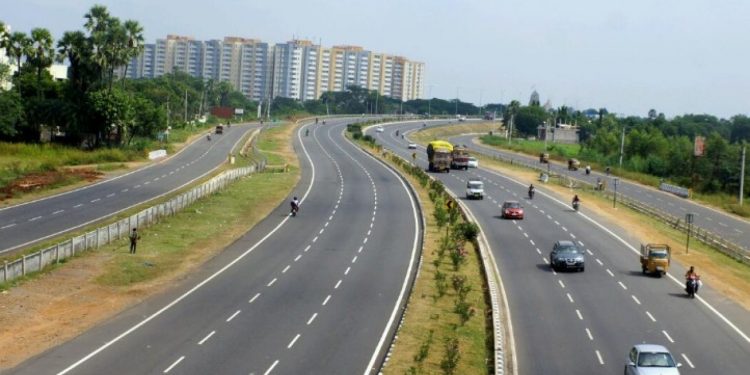Bhubaneswar: The Odisha government has notified a new Public Private Partnership (PPP) Policy, 2023 to attract private investment in the construction of public infrastructure.
The new policy notified by the state Finance Department will be applicable to all infrastructure projects including roads, bridges, ports, railways, airports, irrigation, helipads, industrial parks, logistic hubs, water supply, power, tourism, sports, healthcare, education, and inland waterways implemented through the PPP route.
The government has also made a provision for levying user fees to boost the commercial viability of the projects and the amenability of private sector participation, according to a notification.
As per the policy, projects with capital expenditure up to Rs 10 crore will be approved by the director of the PPP Cell of the state government, provided that these projects do not require any assistance from the Odisha Infrastructure Development Fund (OIDF) or the state Viability Gap Funding (VGF).
For its proper monitoring, the Empowered Committee on Infrastructure (ECI) headed by the chief secretary has been formed. The ECI will approve the PPP projects from Rs 10 crore up to Rs 500 crore and for proposals more than Rs 500 crore, the ECI will make its recommendations to HILCA (high level clearance authority), headed by the chief minister, for approval.
A PPP committee will be established at the district-level and will be headed by the district collector to coordinate and facilitate the implementation of infrastructure projects in PPP mode.
The focus will be given to mining areas. The existing funding avenues and institutional structures such as the District Mineral Foundation (DMF) and the Odisha Mineral Bearing Areas Development Corporation (OMBADC) will be leveraged for improving infrastructure in the mining-affected areas, according to the notification.
Viability Gap Funding (VGF) available under different schemes of the central government will also be leveraged to attain the viability of PPP projects. The state government will provide the remaining portion of the viability gap as emerged from the open bid to help the emergent infrastructure projects attain viability and get implemented.
The state government has also extended the scope of OIDF. Now, the fund can be used for taking up technical and financial pre-feasibility and feasibility studies, preparation of reports and bid documents and any other activities that need to be undertaken prior to offering proposed infrastructure projects.
PTI







































